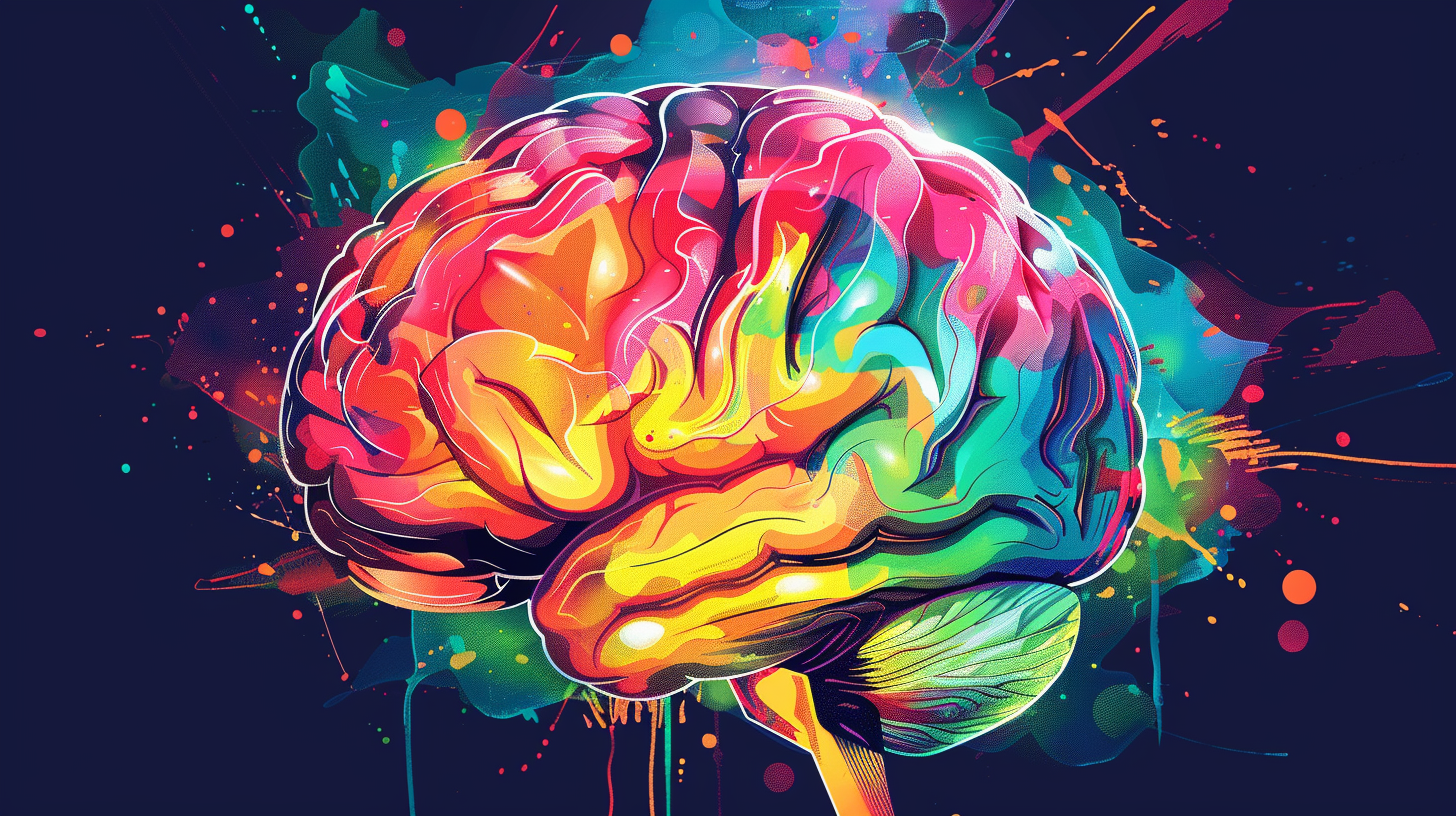
Creating inclusive and adaptable work environments for all.
The term neurodiversity refers to variations in the human brain regarding sociability, learning, attention, mood, or other mental functions in a non-pathological sense. That sounds like a psychology textbook definition; however, the word ‘neurodiversity’ was created to describe a new movement towards neurological diversity being accepted and respected in society. Examples of neurodivergence include those who live with dyslexia, autism, ADHD, dyspraxia and other neurological conditions. Taking these variations into account while designing modern workspaces helps to create supportive, productive environments for everyone.
One in eight people are considered neurodiverse but fewer than 50 percent know it. Neurodivergents tend to be high energy, out of the box thinkers who excel in a crisis and are bold problem solvers, however, navigating the modern workplace can be a challenge. Three specific areas that designers can focus on to mitigate obstacles for neurodivergents include distractions (both acoustical and technological), sensory stimulation (too much or not enough), and wayfinding (establishing clear boundaries to feel grounded).
Over two thirds of individuals say acoustical distractions are their number one concern when working in a space. Designers can mitigate distractions by creating flexible spaces with varying degrees of input. Leveraging acoustical tiles or employing soft seating can help to absorb sound. Build out dedicated “reset” areas filled with garden walls and soft color palettes. Designate specific areas as “tech zones” to minimize technical distractions.
Sensory cues can be overwhelming for individuals with neurodiversities, but unfortunately, there is no “one-size-fits-all” approach. Some people need over stimulation, while others can be negatively impacted by it. For designers to combat this, designing space where you can control your own sensory input is important. Provide individual spaces where employees can escape and refresh, such as huddle or phone rooms, meditation spaces, or even noise cancelling headphones. Areas that encourage movement and sound for those who need over stimulation to reset and focus, like recreation areas and immersive spaces. Transitional color pallets are also helpful; areas with bold, bright colors and patterns that transition into areas with a more muted pallet, allows individuals to move throughout the day based on the level of stimulation they need at any given time.
Many people with neurodivergencies need and thrive on repetition. Clear boundaries enable them to feel “safe” and “in control”. With intentional wayfinding, designers can create engaging spaces that are easy to navigate but offer more than what meets the eye. Spaces with central staircases or mezzanines provide direct lines of sight which help to orient people within a space. Varied lighting, color, and texture act as memorable landmarks. Wayfinding is key for neurodivergents in helping to make their environments “make sense”.
Mental Health is dramatically impacted by office design and can have both positive and negative effects. Designing flexible spaces for those with neurodivergencies empowers people to do their best work and harness their abilities to contribute to the workforce.
Read more about the benefits of building with acoustical materials in Innovations in Architectural Sound Design.








